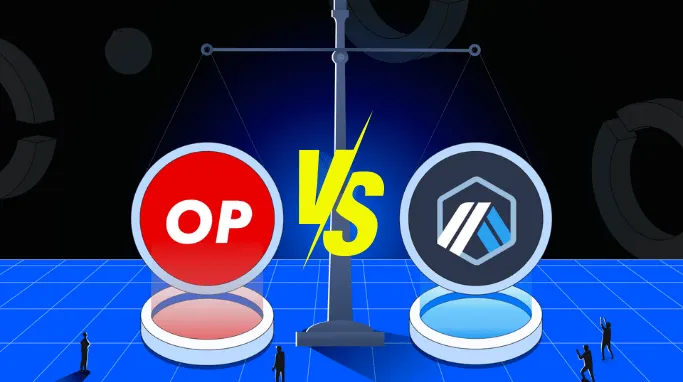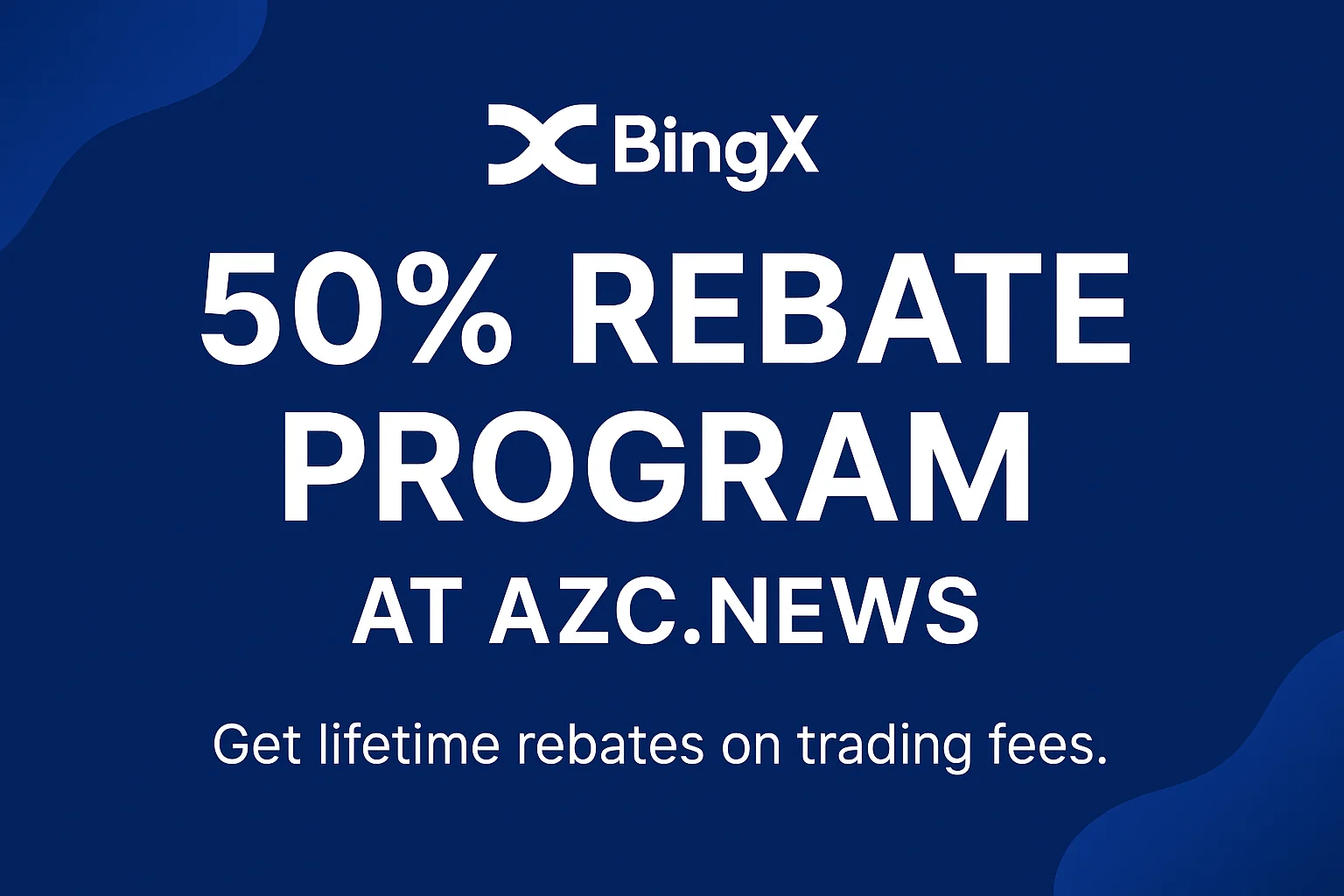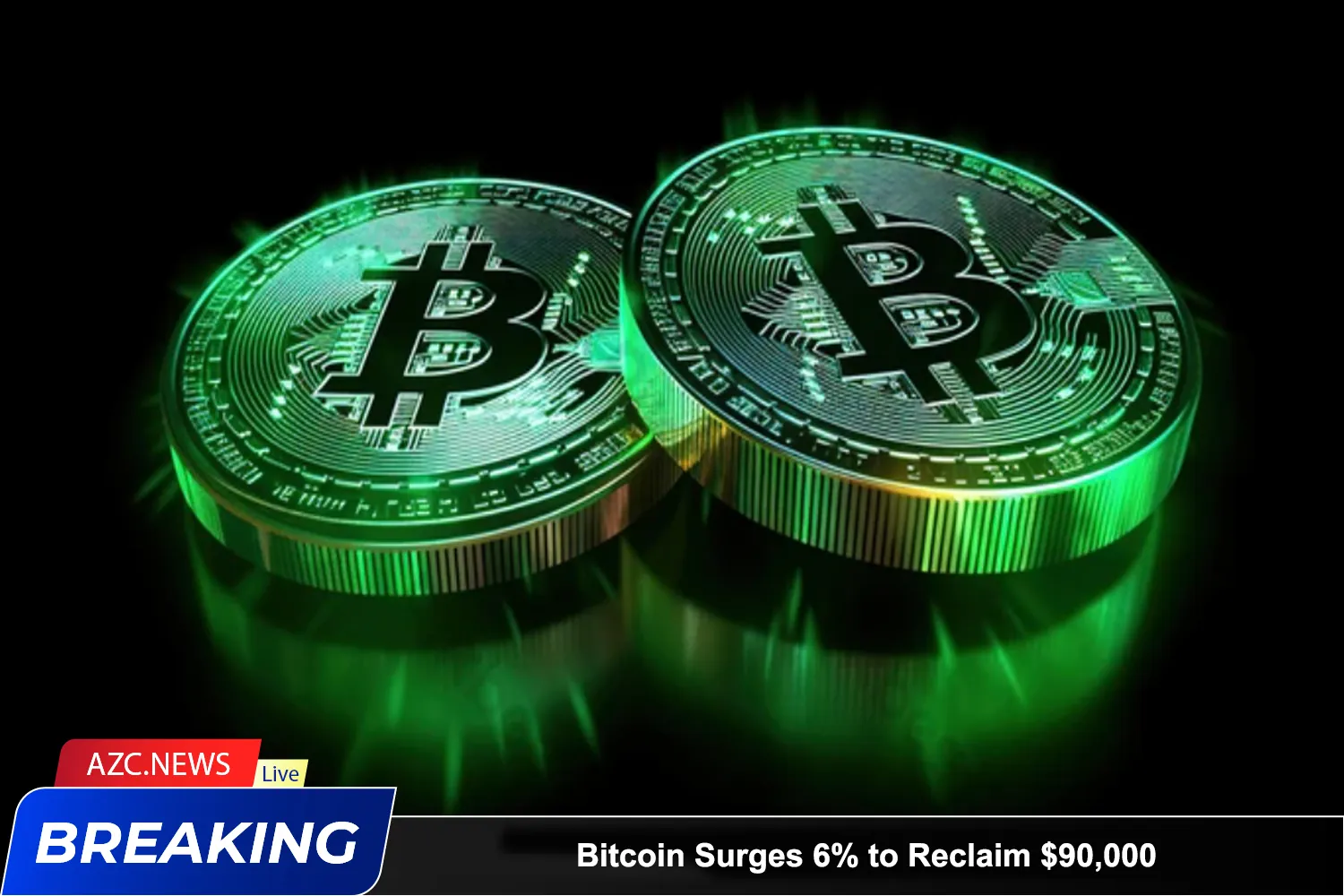In the race to solve Ethereum’s scalability problems, Arbitrum and Optimism stand out as two main contenders, each offering an approach to Layer 2 scaling. This article AZC News will compare compare solutions, reviewing their features, advantages, and potential to become the dominant Layer 2 scaling solution.
Optimistic Rollup: What Is It?
Rollup technology is a Layer 2 scaling solution that aims to significantly increase Ethereum’s theoretical scalability by up to 100 times while keeping transaction costs relatively low. Rollups enable the bundling of transactions on a sidechain into a single aggregated block, which is then posted on the Ethereum blockchain. This approach ensures that transaction data on Layer 2 is readily available on Layer 1 when needed for state transitions.
Rollup solutions come in several variants, with the two most notable being Optimistic Rollup (the primary focus of this article) and Zk Rollup. These variants differ in how they store data and perform computations.
Comparing Optimism and Arbitrum
Fundamentally, both Optimism and Arbitrum utilize Optimistic Rollup technology. The key difference lies in their approach to handling fraud proofs.
In Optimistic Rollup, State Roots are sent in an “optimistic” manner, assuming them to be correct until proven otherwise. When a dispute arises, and someone challenges a proposed Rollup block, both Optimism and Arbitrum must address it. But how do they handle disputes?
- Optimism resolves disputes by re-executing the disputed transaction.
- Arbitrum addresses disputes using a multi-round rollup protocol, breaking down the dispute into smaller components until it becomes a minimal dispute, which is then resolved on-chain.
The effectiveness of these dispute resolution methods varies, with each approach offering its unique advantages.
Optimism vs. Arbitrum: Details
- EVM Compatibility and Developer Experience:
- Both Optimism and Arbitrum boast high compatibility with Ethereum Virtual Machine (EVM), making it easier to migrate Solidity smart contracts. However, Arbitrum’s compatibility with EVM is even stronger, allowing for direct execution of EVM code without recompilation.
- Withdrawal Times:
- Optimism’s standard withdrawal time from Layer 2 to Layer 1 is significantly longer, typically taking one to two weeks.
- Arbitrum offers faster standard withdrawal times, typically taking around one day.
- Security:
- Optimism leans towards greater data storage on Layer 1, resulting in longer withdrawal delays and higher security against 51% attacks.
- Arbitrum places less data on Layer 1 and offers shorter withdrawal times, enhancing capital efficiency but potentially reducing network security.
- Cost Efficiency:
- Optimism tends to have higher costs due to the full transaction execution on-chain, ensuring greater security but with increased expenses.
- Arbitrum allocates fewer costs to fraud proofs and distributes them across blocks, offering cost efficiency for complex transactions.
- MEV (Miner Extractable Value):
- Arbitrum aims to mitigate MEV’s impact on its network, implementing a “first come first serve” strategy using Chainlink FSS.
- Optimism adopts a more proactive approach, utilizing auction mechanisms similar to Flashbots to generate new revenue from MEV and redistribute it to relevant parties.
Closing Thoughts
Optimism and Arbitrum both provide Ethereum with valuable Layer 2 scaling solutions. While Arbitrum focuses on cost-effective scalability and developer-friendly features, Optimism emphasizes heightened security. The approach of these two projects to community engagement also differs, with Arbitrum opting for a more open approach from the outset.
Timing can be critical in the crypto world, and as Arbitrum launched earlier, it has already gained a foothold. If it effectively leverages this timing, it may emerge as the winner in the battle against Optimism, solidifying its position as a leading Layer 2 scaling solution for Ethereum.
In this rapidly evolving space, factors like timing, initial network effects, and user adoption play pivotal roles in determining the ultimate victor.






